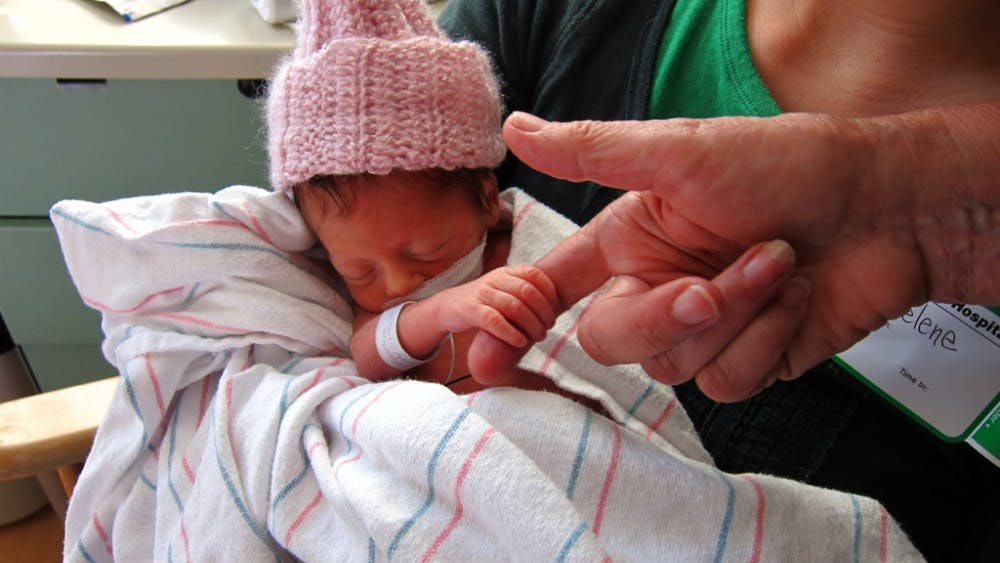Protein reverses eye disorder symptoms
By RACHEL HUANG | May 4, 2017Researchers at the University of California San Diego (UCSD) School of Medicine and the Shiley Eye Institute have collaborated with researchers in China to discover a way to reverse the effects of retinitis pigmentosa (RP) in mice.


















